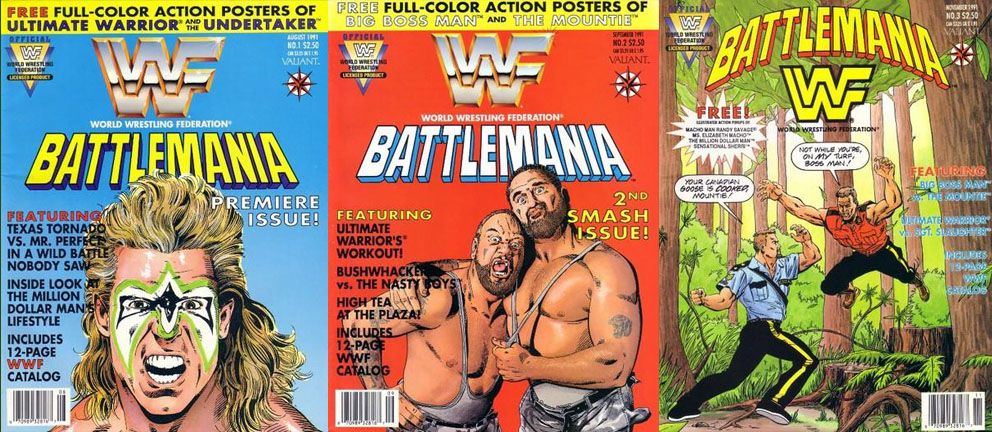(AfroGamers.com) We went into four features that made games more difficult to tackle in the 80s and 90s 2D era of gaming. It mostly rested in technical limitations and decisions with the mechanics in many titles and not so much in “This Game is hell.” Let’s look at four features that really popped multiple genres over the years.

Experience Points
I’d say this is the greatest feature in gaming because it extends gameplay and gives another goal for players. It shows progress and gamers typically love progression in games. We love to actually see growth in characters in a game we’re investing a lot of time in. New powers being unlocked through effort and time, those powers and abilities being improved—it’s something of a testament to our improvement and mastery of this title’s gameplay.
There was a time when only RPGs and the Koei strategy games had experience points. In the 80s, 90s and into the early 2000s, action titles and sports titles largely didn’t have experience points. Hell, most didn’t have stats. Taking Madden for instance, there was a time when the only stats available was an unchanging offense and defense stat. Whatever it was when the game entered your console were the same stats it would have when you traded the game in at GameStop or the pawn shop.
To me, that always meant that the game didn’t have the replay value. You played the game, beat it, probably decided to beat it with other characters, and that was it. The game was donezo, there was no reason to play it again—unless you were like me and only got games on Christmas and during tax season—and it was eligible for trade-in or the E-Z Pawn.
Once experience points became a part of almost every genre, levels, skill points, attribute points, and so on followed. In sports games, the players had overall scores and a series of stats—all of which could be improved in different modes—along with skills and attributes. Experience points brought a lot of genres into the late 20th and early 21st century.
Crafting and Building
This is a feature that you’ll see more in RPGs but has a presence in some action games now. Before, when you got weapons or armor, they came with stats on them that really couldn’t be adjusted outside of something like adding materia to slots in the late 90s Final Fantasy games. Crafting—and later building—gives players a lot of freedom over their character(s) build and doesn’t have players just buying a bunch of gear that they’ll have to sell for far less.
Hell, they could sell this old, worn gear for more if they crafted it to be better than it was when they purchased it! The player becomes a part of the economy, basically. This is one or those features that keeps players involved in the game and extends gameplay—something developers are certain to like given the time between games and how players can no-life a title to completion and want more.
Having manage resources, gather them, make gear, and improve or enchant or infuse it is sure to keep players involved and invested beyond the 50 or 60+ hours of gameplay that might be advertised.
Open-World Approach
One of my favorite features in action and RPGs now is the open-world approach. I was never a fan of linear gameplay. Developers made these large, impressive worlds in games but with the linear approach, it didn’t exactly encourage exploration. “Oh, you gotta collect the Easter eggs and this well-hidden weapon!” If the game’s narrative just moves from one piece to the next, there’s no reason to really explore or revisit areas. Just bulldoze the game and let it float to the bottom of your recently played list.
With the open-world approach, exploration is encouraged because certain things come with it. Or rather, when done right—there have been open-world titles where the game world is just sparse or not that populated by other beings capable of intelligent speech.
You know the game: it’s really just you and a bunch of enemies in the game world and they’re all feral or something. When done well, you’re treated to villages, settlements, economy, evolving lore, conflict, farming resources, and so on—you’re dropped into a living world and you can become invested in finding out more about the world itself. There’s a reason to revisit locations and that’s always been a thing with me. I get invested in games like Fallout, Dragon’s Dogma, and Elder Scrolls and end up enjoying the side stories and making my own adventures more than the main storyline often.
Allowing that level of freedom for the player is the open-world approach’s main contribution to gaming—and that’s massive.
Skip Scene
The skip scene button was something I first noticed in Final Fantasy X-2 at a time when FF really needed them. From FFVII onwards, Square Enix really got more and more into its cut scene bag and those cut scenes became longer and longer as well as popping up more often. It could be frustrating when you’re really enjoying the action in the game and want to get back to building your character up and whatnot only to sit through three-or-four minute cut scene number three.
When the cut scene became a thing every game, it was a nod to players who were eager to get back into the game.
Staff Writer; M. Swift
This talented writer is also a podcast host, and comic book fan who loves all things old school. One may also find him on Twitter at; metalswift.

















Leave a Reply